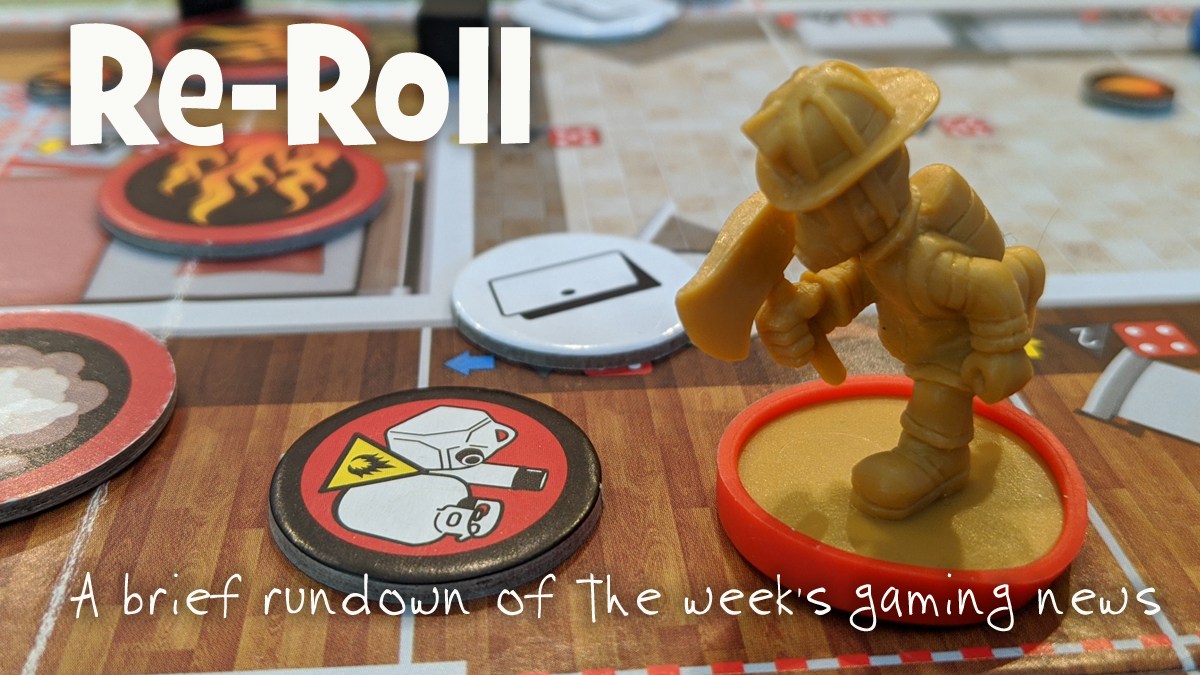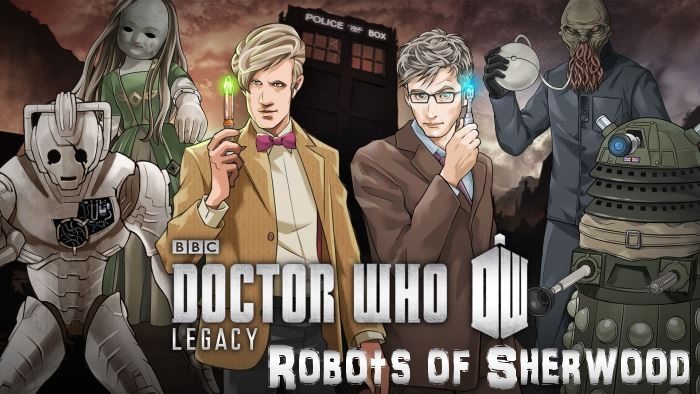
They Shall Not Grow Old is Peter Jackson’s documentary debut, the result of over 4 years of research, filmmaker magic, and creative efforts that resulted from a request Jackson received from Britain’s Imperial War Museum and the 14-18-NOW commission, which is the British government’s arts program commemorating the centenary (or, for us Americans, centennial) of the First World War.
The film was shown on BBC in the UK on 11 November 2018, the 100th anniversary of the Armistice that ended “The Great War.” In the United States, Fathom Events paired up with Warner Bros. to present two nights of limited engagements in theaters nationwide. Last night (17 December), I was able to see it with my family here in Colorado Springs.
There’s one more American showing planned in 2018: Thursday, 27 December. Check with Fathom Events to find a theater near you. I highly encourage getting tickets ahead of time. My family got our tickets 24 hours in advance and there was only one showing in town left that had 4 seats available.
The American Fathom Events presentation is the screening version of the film, featuring a 5-minute introduction by Peter Jackson, explaining the commission that he was offered. The film itself is 99 minutes. After the closing credits, there’s a 30-minute program featuring explanations of how the film was brought to life.
Plan for a 2+ hour time in the theater; some theaters are adding the Fathom Events 30-minute “pre-show” of trivia and before/after film footage at the beginning. We were in the theater for 2:45 hours total.
There are some mild spoilers below the trailer — in the context of how the film was made. In addition, I’m clear below on why the film had to be rated R.
1. What’s it about?
I can say “It’s about World War I,” but that’s probably not the answer you’re looking for, is it?
Jackson explains that he was presented with 100+ hours of film footage, along with 600+ hours of BBC oral histories taken in the 1940s-1950s. He and his team were challenged with culling that footage down to a reasonable length, which meant coming up with some license about what to include, and what to exclude.
The result is 99 minutes of actual film footage taking you through the life of a British infantry soldier. That’s what you will see. What you will hear are sound bytes of hundreds of servicemembers telling brief vignettes of their lives in contexts relevant to what you’re seeing. In other words, if the film footage was showing soldiers being issued their kit — uniforms, weapons, packs — the sound clips were (often humorous) stories of how the uniforms fit, how they itched, how the British Army always made the right-sized boot for you: your feet were the wrong size.
This experience will take you from the excitement of enlisting at age 16…to military training…to the ships that carried you across the English Channel…into the trenches…out of the trenches with bayonets attached charging the German lines…and so forth till the end of the conflict.
Fans of Ken Burns documentaries will particularly appreciate how this was done. Some of the techniques are familiar, especially during the most intense battle scenes when there is no film footage to show (there is no film footage of the biggest battles).
Jackson divides the film into three loose parts:
- The British declaration of war, the draft, and basic infantry training
- Life on the Western Front, from the mundane to the most intense battles
- The Armistice, the return home, and attempts to return to “normal” life after the war
You’ll know the divisions between the parts because the film footage will go from black and white into color. It reminded me of Dorothy opening the door in The Wizard of Oz to brilliant color. The first time you see a soldier descend into a trench, the film will evolve into color. It’s beautifully done. After the cease-fire, the color recedes.
There’s some controversy to the addition of color. Jackson explains his reasoning in the post-credits program…essentially, Jackson feels that any combat cameraman, if given the choice to film the war in black and white or color, would have chosen the color option if the technology had been available 100 years ago.
There is very very very little added to the film. The visuals are all actual footage (or art, cartoons, or propaganda posters of the time), the audio is exclusively the words coming out of the servicemembers’ mouths, whether lip synced or via oral histories from the soldiers and sailors themselves. No actors.
Jackson explains in the post-credits program what few additions had to be made (see #10).
2. How did they do it?
Time. A lot of time. Over 4 years.
Time was taken to review the hundreds of hours of media to distill down a meaningful story.
They also took time to adjust the film speeds down to a “natural” frames-per-second rate.
There was time spent choosing the colors and then adding those colors to the film. This took hours of studying WWI uniforms, dirt, grass, trees, and weapons to get it all correct.
It took time to lighten and darken the films that were over- and under-exposed.
And finally, the time had to be spent minimizing the “shaking” effect that occurs when attempting to run 100-year-old film through modern projector devices. Jackson explains that much of that shaking is related to temperature and humidity effects on the film material.
3. Why the R rating?
There are neither sexual situations nor foul language (well, a teensy bit in the lyrics of the closing credits song).
Death. That’s the biggie. But not just a body lying there. A body blown to shreds. A decomposing body being overtaken by flies.
Not just human bodies. Horses too. Horses being eaten by rats.
My 13- and 16-year-old sons joined us to see the movie. My oldest son will be studying WWI in his world history class at the start of the new year and thanked us for taking him to see the film. I guess I should also mention he’s an avid fan of the Battlefield video games, so had a bit of knowledge about how the war was fought. I was worried about my younger son, though, who tends to get grossed out from such vivid visuals. But he said he was okay.
If your children can handle scenes such as the D-Day invasion in Saving Private Ryan, they can handle the visuals shown on the screen.
More sensitive children might get a bit emotional knowing that the gory scenes presented are real: not just film editing, CGI, or other special effects.
I personally recommend middle-school and older…since it’s rated R, they have to be accompanied by a parent if under 17. Some theaters won’t allow children under 6 into R-rated movies after 6 pm anyway.
4. Is it worth seeing in 3D?
Our family could only get tickets to the 3D version. While there aren’t significant scenes that make the 3D completely worth it, there was an added layer of reality when you see it that way. Compare it to how stereo photographs will help the foreground of an image “pop”, that’s what the 3D film will do.
I think either format will be thoroughly enjoyable.
5. Will the kids enjoy it?
My teenage sons loved it. We discussed the war for a couple of hours after leaving the theater, and I had to shoo the boys to bed at a certain point.
There was an elementary-school-aged child sitting in front of me with his father (5th grade, perhaps?) and he was paying attention and didn’t seem negatively impacted. He appeared to be the only under-12-year-old in the auditorium.
6. Will I enjoy it?
I thoroughly enjoyed it from a creative filmmaking perspective. My husband thoroughly enjoyed seeing history brought to life this way.
Yes, I think you will enjoy it.
7. Is there a good place to break to the restroom?
Hmmm….if you can go really fast, make a break for it right after the Armistice (and the film returns to black-and-white). There are 3-4 minutes of soldiers getting back onto their boats and trains to go home, which will look like they ran an earlier scene of deploying from Britain to France in reverse.
I couldn’t take my eyes off the screen for most of the 99 minutes. It was mesmerizing.
8. How does it look?
It’s gorgeous. A true work of art.
It isn’t perfect, though. There are some areas where you can see they tried their best to improve upon the film that was presented to them, so you may experience some blurriness or jumpiness in the film footage.
I also want to point out here that there’s a little more than just the film footage being seen. There are some parts where the film footage is overlaid on propaganda posters, especially at the start of Britain’s involvement in the war, discussing recruiting. There are also some political cartoons and comics from the time period. As mentioned above, there is no existing footage of the most intense battle scenes. Jackson had to come up with an alternate visual depiction…which was incredibly emotional…and brilliant.
9. Why Peter Jackson?
Why would the British government approach a New Zealander to make this film?
Well, sure — 17 Academy Awards for his respectful film adaption of one of Britain’s most beloved works of literature probably helped.
For Jackson, it’s personal…on many levels. His grandfather William fought for the 2nd Battalion South Wales Borderers and was involved in many of the largest battles of the war, including the Battle of the Somme, which is prominently featured in the film. William also fought in the Battle of Gallipoli, alongside the ANZAC Corps, and his involvement in that battle, and getting to know ANZAC troops, is thought to serve as an inspiration for his son, Peter’s father, to emigrate to New Zealand in the 1950s.
In addition, there’s a connection with Lord of the Rings trilogy author J.R.R. Tolkien, who was a member of the Lancashire Fusiliers, the unit the relieved the South Wales Borderers during the Battle of the Somme.
You can read more about Peter Jackson’s connection with World War I here.
10. Should I stay through the credits?
By all means yes. As I’ve mentioned several times above, after the closing credits, there are an additional 30 minutes of programming that explains the “how to” of cleaning up the film footage, rendering the colors, and stitching together all the audio files. No one in the auditorium moved during the credits.
As I had mentioned above what you see in the film is primary source data from the war. However, there are a couple places where there was some…augmentation:
- The film itself has little to no sound. That’s to be expected from the 1910s. Audiences will hear some background sounds in some of the footage. Horses neighing, sounds of equipment moving around, and artillery sounds. Jackson explains how they captured those sounds for the film.
- In addition to the background sounds, Jackson explains how they hired professional lip readers to figure out what was probably being said in the footage when you could see a person talking. They then found people who were from the same source regions as the soldiers to speak the words for the film. There’s a lengthy clip where an officer is reading from a sheet of paper to his troops. It’s clear there’s a lot of talking and the team struggled to figure out the full dialogue. However, based on the date, the uniforms, and the locations, they discovered that a message from a general was transmitted to the troops ahead of the Battle of the Somme. The team acquired a copy of the message — and by golly, it matched the mouth movements — the team was able to lip sync the message into the footage.

- Finally, Jackson discusses how he recorded the song in the closing credits, a raunchy song titled “Mademoiselle from Armentieres.” It’s an upbeat song, a further glimpse into the lives of the common British infantry soldiers. To record the song, Jackson didn’t want professional singers. He wanted a group of people who would have just been standing around singing, such as what would happen with bored soldiers waiting for the next mission. But the team was challenged with being in New Zealand — as Jackson says, “it wasn’t going to sound right with a bunch of Kiwis singing it”. Jackson looked to personnel in the British High Commission (Embassy) in Wellington.



